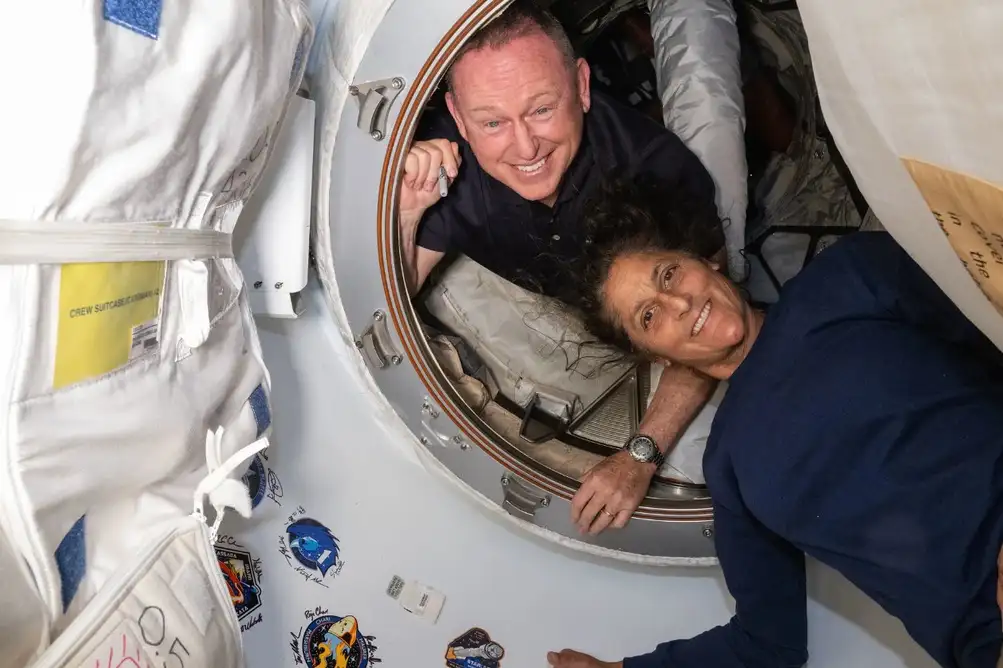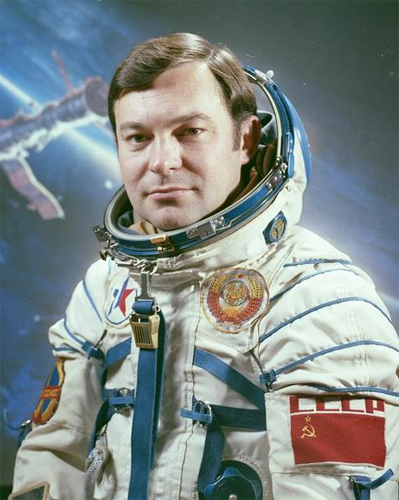With NASA astronauts Suni Williams and Butch Wilmore currently aboard the International Space Station (ISS) after traveling there in June aboard Boeing's Starliner spacecraft, it's tempting to imagine them enjoying a drink to "elevate their cosmic contemplation and add a dash of sophistication to their zero-gravity experience." As humanity has ventured beyond Earth's atmosphere for over six decades, one might wonder: has anyone actually enjoyed a cocktail in space?

The idea of consuming alcohol in space might sound like the plot of a sci-fi movie or a whimsical fantasy, but there have been real instances where alcohol was consumed beyond Earth. However, these moments are rare and typically shrouded in secrecy or anecdote. To understand why, we need to delve into the history of human space exploration and the unique challenges of living in space.
The Early Days of Space Exploration
The early days of space exploration were marked by rapid advancements and intense competition between the United States and the Soviet Union. During the 1960s, both countries were keen to demonstrate their technological prowess and achieve significant milestones in space. Amidst this competition, the question of whether alcohol could be consumed in space likely seemed trivial. However, as missions grew longer, the idea of comfort—and what that might include—began to emerge.
Soviet Cosmonauts and Cognac: A Historical Perspective
During the 1980s and 1990s, Soviet cosmonauts aboard the space station Mir reportedly had access to cognac. According to various accounts, this alcohol was included for "medicinal purposes," believed to help cosmonauts relax and stimulate their immune systems during extended missions. In the harsh environment of space, where isolation and monotony can wear down even the most stoic individuals, the idea was that a small amount of alcohol might boost morale and provide a sense of normalcy (Jones & Shadle, 2015).

Russian cosmonaut Yuri Romanenko, who spent 326 days on the Mir space station, is often cited as the first person officially recognized to have consumed alcohol in space. During his stay in the 1980s, he reportedly drank cognac, which was included in the space station's supplies. This instance, while officially acknowledged, is seen more as a relic of the past rather than a practice continued in modern space missions (Jones & Shadle, 2015).

Unconfirmed Tales from the Apollo Missions
There are also unconfirmed stories that astronauts on the Apollo missions might have had a small amount of sherry as part of their food supplies. These tales have never been officially acknowledged by NASA, and details remain vague. However, it is not entirely improbable given the context of the time. During the 1960s, the concept of spaceflight was still evolving, and many protocols we consider standard today were not yet established (NASA, 2020).
The idea of bringing sherry on board could have been part of an effort to add a touch of comfort or to celebrate significant milestones, such as the Apollo 11 moon landing. While these stories remain speculative, they add to the mystique and fascination surrounding alcohol in space.

International Space Station: A New Era, New Rules
Fast forward to the present, and the environment aboard the International Space Station (ISS) is very different. Official policy strictly prohibits alcohol consumption on the ISS. This rule is in place for several reasons, primarily related to safety, health, and the operational efficiency of the crew. In the confined and controlled environment of the ISS, alcohol can pose several risks, from impaired judgment to potential interference with life support systems.
Despite these strict regulations, there have been rare occasions where astronauts have brought small amounts of alcohol for special celebrations, such as New Year's Eve or personal milestones. However, due to the effects of microgravity on the human body and the potential impact on crew performance and equipment, these instances are very uncommon and not officially sanctioned (Smith & Anderson, 2019).

The Science of Alcohol in Space
The effects of alcohol consumption on Earth are well-understood, but space presents a whole new set of variables. In microgravity, the way fluids move and interact with the human body changes dramatically. Without the force of gravity to pull liquids down, they tend to float and distribute more evenly throughout the body. This phenomenon can affect how alcohol is absorbed and metabolized, potentially intensifying its effects (Lee, 2020).
For instance, on Earth, when you consume alcohol, it is absorbed through the stomach and intestines and then metabolized by the liver. However, in space, the redistribution of fluids means alcohol might reach the brain faster and remain in the bloodstream longer, leading to prolonged effects and an increased risk of intoxication (Smith & Anderson, 2019).
Cultural and Psychological Aspects
Beyond the physical effects, there are also cultural and psychological factors to consider. Space missions often bring together astronauts from various countries, each with their own cultural norms and expectations. Alcohol, for many, is a social lubricant, a way to bond and relax. In the close quarters of a spacecraft, where teamwork and cooperation are crucial, introducing alcohol could either help ease tensions or exacerbate conflicts (Smith & Anderson, 2019).
The Future of Alcohol in Space
As private companies like SpaceX and Blue Origin continue to push the boundaries of space travel, it's not unreasonable to think that alcohol might one day be a part of the space experience. Future space tourists may wish to toast their voyage or enjoy a glass of champagne while gazing at Earth from orbit. However, for now, the combination of regulatory restrictions, safety concerns, and the unique environment of space means that alcohol remains largely off the menu.
In conclusion...
While alcohol has indeed been consumed in space, it remains a rare and controversial practice. The challenges posed by microgravity, the risks to health and safety, and the potential impact on crew dynamics all contribute to a cautious approach. As humanity continues to explore the cosmos, the question of whether we will ever see "space bars" serving cocktails remains unanswered, but it's certainly a fascinating prospect to consider.
Article Sources
Jones, R. L., & Shadle, P. (2015). Mir Space Station: A History. Springer.
NASA. (2020). Apollo mission reports. Retrieved from https://www.nasa.gov/
Smith, J. D., & Anderson, R. T. (2019). Space medicine: Understanding human health in microgravity. Springer.
Lee, H. (2020). Human physiology in space. Academic Press.



